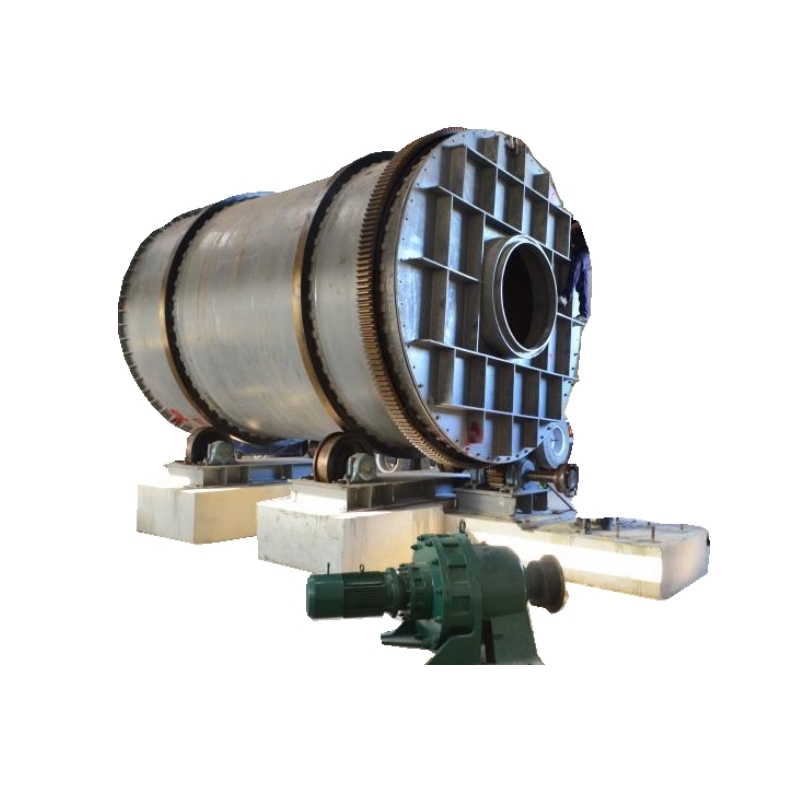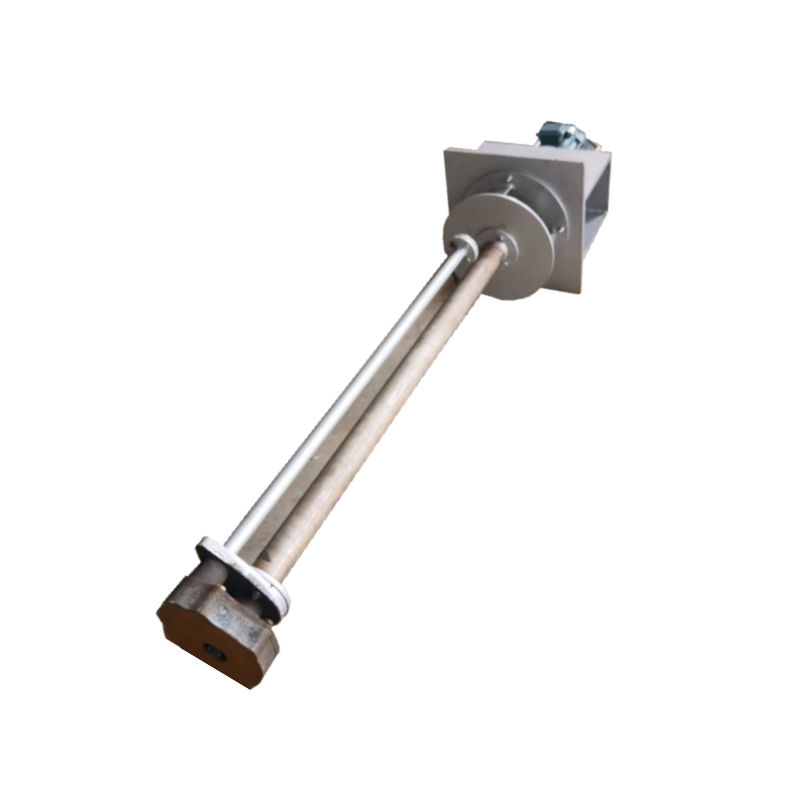other metal & metallurgy machinery electric copper rod polishing machine Hexagonal drum polishing machine Working principle and use of a hexagonal drum polishing machine. 1. Adopting the principle of centrifugal motion, the rust removal, polishing, and deburring periods are short. A cylindrical gear reducer with a speed ratio of 40.17 is used, and the working speed of the drum is between 28-35r/min, which can be completed in about half an hour. Improve work efficiency, save time and effort.2. The abrasives are mainly river sand and steel sand, which are easy to obtain and cost-effective.3. * Major advantages: no acid cleaning, dry rust removal oil, polishing, automatic screening, one-time screening, no impurities inside the drum except for small metals.4. Especially suitable for surface finishing of easily deformed workpieces. After being polished by this type of grinder, the parts not only maintain their original shape and position accuracy, but also improve the surface roughness of the parts by 1-2 levels.5. Grinding batch parts, medium or large-sized parts, with good results.6. It has the advantages of low noise and easy operation.7. The barrel is lined with rubber to prevent workpiece collision, suitable for copper, iron, thin-walled parts, stainless steel parts, etc8. There is no covered inner lining inside the barrel, which is suitable for materials that are not easily deformed such as steel balls and steel products. Due to the cutting force, it promotes greater effectiveness.9. It is a simple and convenient model in the grinding machine series, suitable for processing.10. It can be divided into specifications such as 100-1000L according to its capacity, and can be customized according to needs.
 English
English  Español
Español  Português
Português  русский
русский  français
français  日本語
日本語  Deutsch
Deutsch  Tiếng Việt
Tiếng Việt  Italiano
Italiano  Nederlands
Nederlands  ไทย
ไทย  Polski
Polski  한국어
한국어  Svenska
Svenska  Malay
Malay  বাংলা
বাংলা  हिन्दी
हिन्दी  Pilipino
Pilipino  Türk
Türk  عربى
عربى  Indonesia
Indonesia  norsk
norsk  čeština
čeština  Українська
Українська  Javanese
Javanese  فارسی
فارسی  తెలుగు
తెలుగు  Burmese
Burmese  български
български  Latine
Latine  Azərbaycan
Azərbaycan  Српски
Српски  Esperanto
Esperanto  Afrikaans
Afrikaans  Català
Català  Cymraeg
Cymraeg  Беларус
Беларус  Hrvatski
Hrvatski  Kreyòl ayisyen
Kreyòl ayisyen  Shqiptar
Shqiptar  Bosanski
Bosanski  Кыргыз тили
Кыргыз тили  ಕನ್ನಡ
ಕನ್ನಡ  IsiXhosa
IsiXhosa  Chichewa
Chichewa  Somali
Somali  O'zbek
O'zbek  հայերեն
հայերեն  Sundanese
Sundanese  Malagasy
Malagasy 













